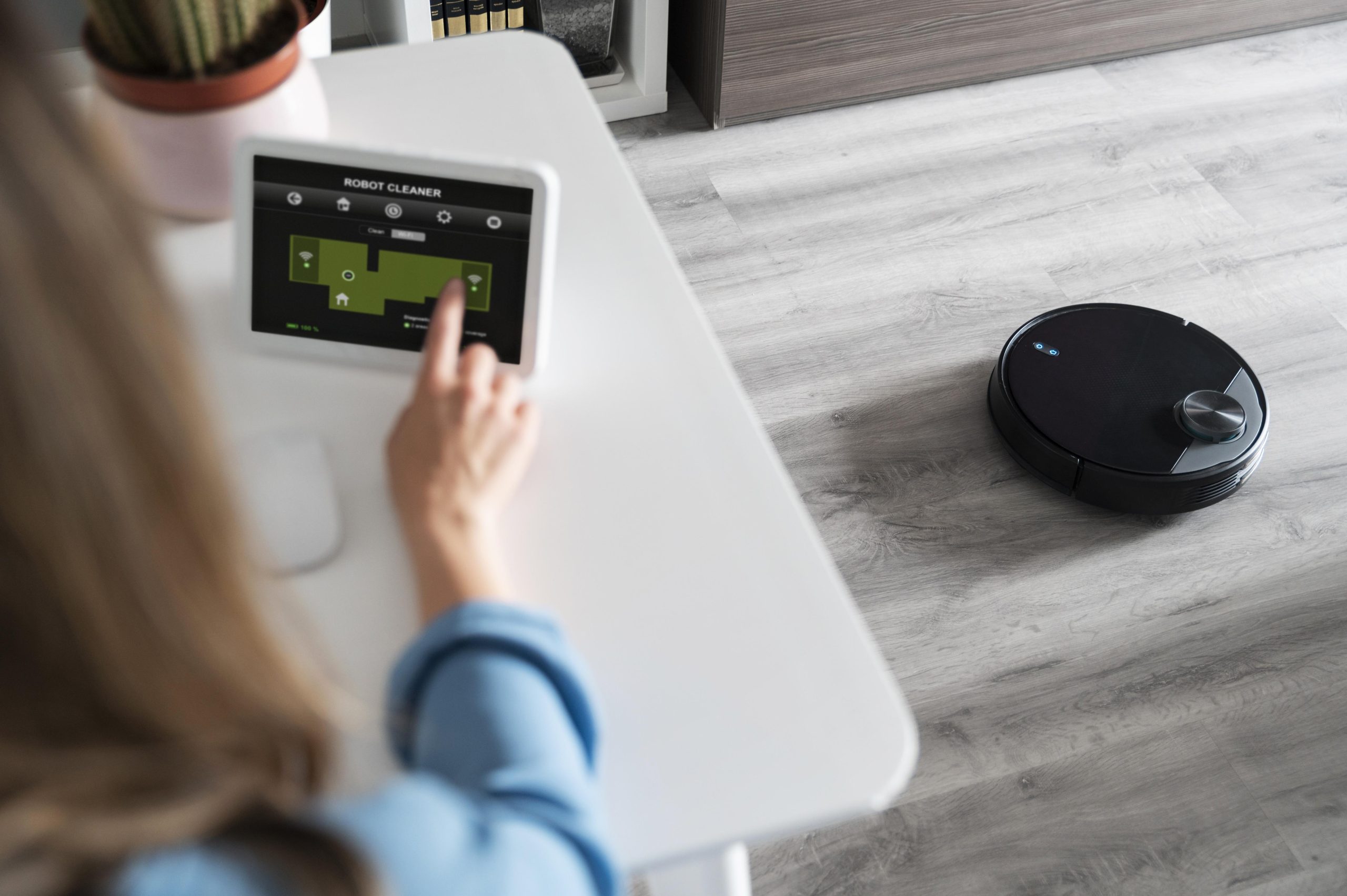
In this era of lightning-fast technological development, the idea of a "smart home" has gone from science fiction to reality. The rise of AI and other IoT technologies is revolutionizing home automation, which in turn is changing our lifestyles. Home automation is making our lives easier, more efficient, and safer with devices like smart thermostats and voice-activated assistants.
Linking Electronic Devices and the World Wide Web (IoT)
The Internet of Things (IoT) is a system of networked computing devices that can exchange data and carry out coordinated operations; it is the backbone of home automation systems. Integrating smart home devices like thermostats, lighting systems, and refrigerators into a centralized system gives homeowners the freedom to operate their appliances from anywhere using their smartphones or voice commands.
To optimize energy use and decrease utility costs, thermostats that are Internet of Things (IoT) enabled may learn a household's heating and cooling preferences, for instance. In addition to improving convenience, energy efficiency, and sustainability may be achieved with the capacity to remotely monitor and manage equipment.
The Use of Voice-Activated Devices
Smart homes couldn't be complete without voice-activated assistants like Siri, Google Home, and Alexa from Amazon. Through the use of natural language commands, these AI-powered assistants let users to manage a variety of devices, ask inquiries, and get information. Voice control is a great way to make home automation even more user-friendly and accessible.
Thermostats, lights, music, and even grocery delivery may all be controlled by voice commands for homeowners. Because voice contact is so natural and easy to understand, it opens up technology to people of all ages and skill levels.
Intelligent Safety Measures
When it comes to home automation, security and safety are even more important than convenience. Included in smart home security systems are smart doorbell cameras, motion detectors, and intelligent surveillance cameras. Homeowners might feel more secure and at ease with these systems since they provide real-time notifications and remote property monitoring.
Smart doorbell cameras, for example, let you see who's at your door in real time and even have a two-way conversation with them. Homeowners may answer to deliveries or communicate with visitors even while they're not at home thanks to integration with mobile devices, which adds an additional degree of safety
Energy Savings & Eco-Friendly Lifestyle
Energy saving and sustainable living are both aided by home automation. A smart thermostat can optimize heating and cooling schedules to decrease energy usage, while smart lighting systems may change brightness depending on natural light levels. In addition to lowering electricity costs, automating the monitoring and management of energy use helps promote a greener way of living.
In summary
The goal of incorporating technology into home automation systems is to make people's lives easier by making them more productive, safer, and less impactful on the environment. Innovations in the smart home ecosystem are always improving homeowners' quality of life.
Home automation is becoming more feasible as technology progresses. The technological revolution is leading to smart homes, which promise a future where our living spaces are not only linked but also contribute to a better, more sustainable way of life. This includes predictive appliance maintenance and the seamless integration of renewable energy sources.
Interested Articles:
Artificial Intelligence in Healthcare: From Diagnosis to Drug Discovery
